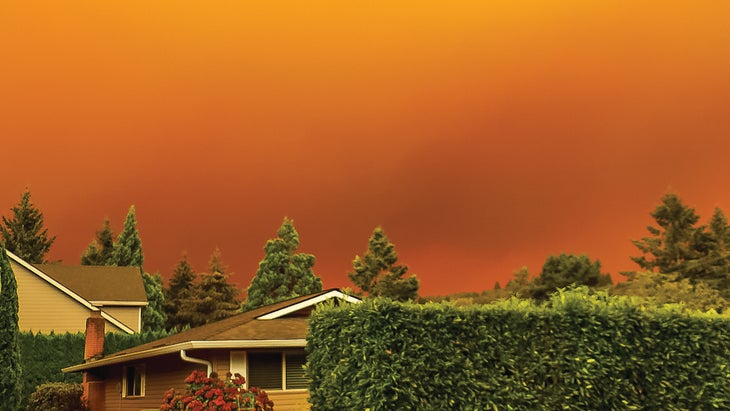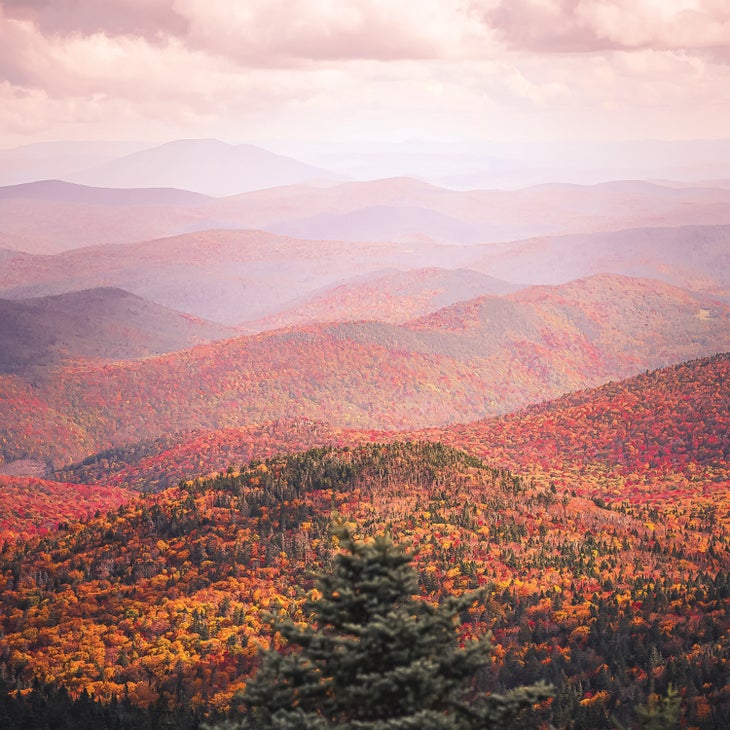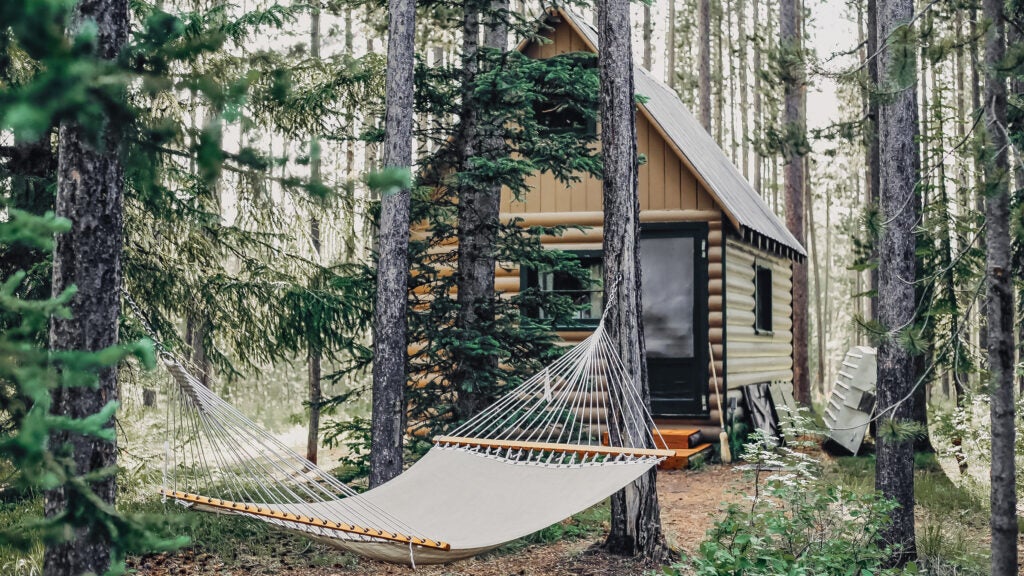No products in the cart.
Outdoor Adventure
Why I Gave Up the Mountain West to Move Back East
Heading out the door? Read this article on the Outside app available now on iOS devices for members!
Download the app.
At a certain point, the human body can no longer differentiate between very hot and extremely hot. I discovered this firsthand while loading a decade’s worth of furniture, dog accessories, and magazines into a U-Pack shipping container in 116-degree heat. It was June 2021 in Portland, Oregon—a usually temperate city, with an average high at that time of year of around 74 degrees. If it was hot outside, it was borderline lethal inside that metal container, and possessions of mine that were made of plastic began to melt where they touched the walls. If nothing else, the once-in-a-millennium heat dome felt like a cosmic shove out the door, and hellish confirmation that my family’s move to the East Coast was probably the right thing.
Our decision to relocate to ten sleepy acres in central Vermont was made a year earlier, in the middle of one of Oregon’s worst wildfire seasons. In September 2020, thanks largely to southern Oregon’s 413,765-acre Bootleg Fire, Portland’s Air Quality Index topped 500, the worst on the planet. When I walked out my front door, I couldn’t see past my neighbors’ houses in any direction. In our creaky, drafty old Craftsman, breathing was labored. Exercise was impossible. Temperatures hovered in the mid-fifties during the day, with a thick layer of smoke blotting out the sun, Cretaceous extinction–style.

If you don’t live in the West, this probably sounds like amped-up climate paranoia. Unfortunately, it’s no exaggeration. I moved to the Pacific Northwest in 2010 for its wild beauty, accessible trails, and bold, scalable mountains. (And yes, for its coffee and food trucks, too.) But outdoor recreation became increasingly difficult during the summer, which historically was a brief and beautiful respite from the region’s famous sogginess. Instead, wildfire-fueled smog now regularly makes hiking—or doing anything outside—sooty and unpleasant. Critically, buying or building a home adjacent to many of Oregon and Washington’s wild areas has become a liability. Dreaming of an off-the-beaten-path cabin near Mount Hood? Think again. In 2020, wildfires razed four cities in a uniquely viridescent part of the Willamette Valley.
And the claim that this heat was a rare anomaly may need updating. According to a study published in Earth System Dynamics in November 2021, a heat dome like the one that baked the Pacific Northwest is likely to occur every five to ten years if we reach the warming threshold of two degrees Celsius roundly considered the planet’s cataclysmic tipping point.

Vermont doesn’t have the same kind of natural beauty found in the Pacific Northwest, but it’s plenty gorgeous all the same, from its bright fall foliage to the deep blanket of snow that often persists from December into March. The mountains in New England may be a good 7,000 feet shorter, and the skiing a bit icy, but we can strap on a light alpine-touring setup and head far enough out on the Catamount Trail to feel like we’re the only ones around for hundreds of miles.
It was the chance to build a home on secluded, forested land that wasn’t under imminent threat from wildfires that sold us. We can hike out our back door in all seasons without wearing a mask to protect us from smoke—something we’ll never take for granted again.
New England isn’t immune to climate change: the region is warming even faster than much of the country, with heavier rainfall, hotter summers, and growing tick populations. We will inevitably have West (and East) Coast wildfire smoke wafting across our lawn in certain years. Our plan isn’t to ride out the apocalypse with our heads in the sand, but can you blame us for at least enjoying our maple syrup and flannel with the windows open?
Source link

